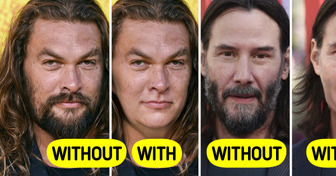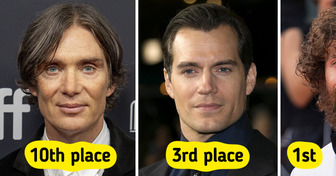11 Times Celebrities Recreated Iconic Outfits — And the Results Are Truly Stunning

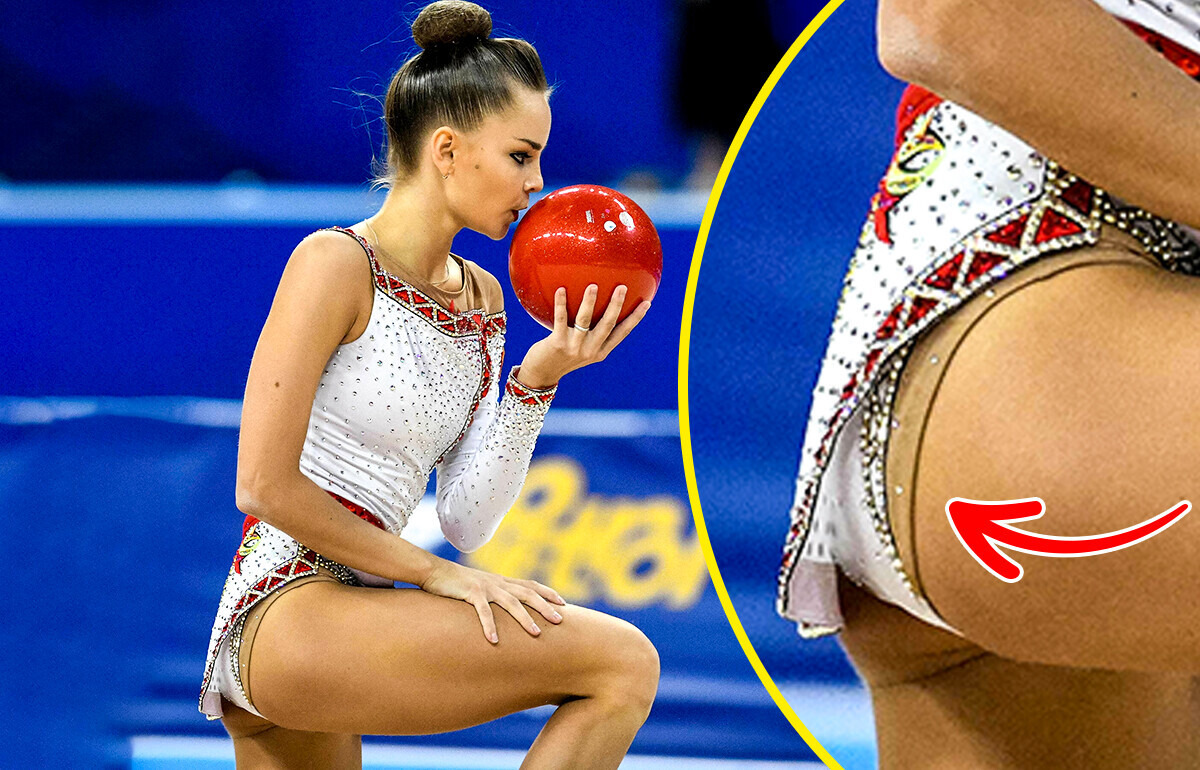
The human body is capable of extraordinary feats, and few sports showcase this better than gymnastics. It’s widely known that succeeding in the sport demands not just talent but also intense effort and rigorous physical conditioning. Yet behind the scenes, gymnastics holds many secrets that most people could never imagine.
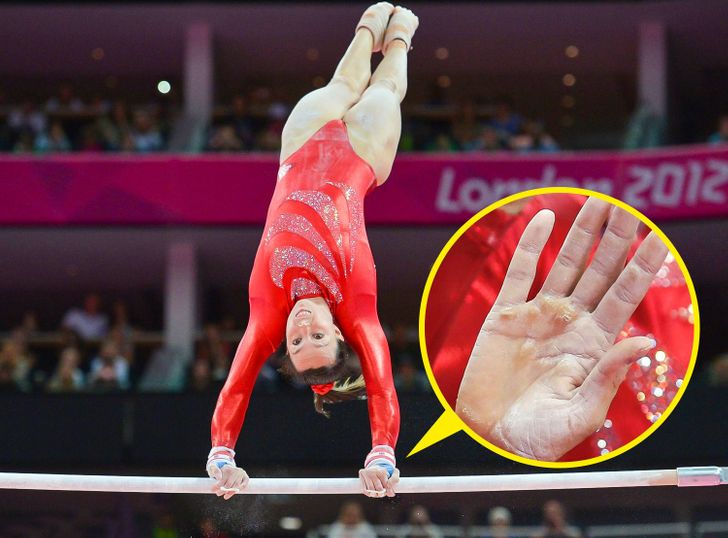
Calluses are not always undesired. They are sometimes worn as a badge of honor, especially because they can be a sign of something that an athlete isn’t doing properly in a routine that they should fix. That said, there are differences between healthy and unhealthy calluses and there are times when a doctor should be consulted, like when a callus is discolored.

If judges can see the competitors’ underwear, they will deduct points from their scores. So some prefer to not wear anything under their outfits, and others even use a sticky spray to keep their clothing in place.
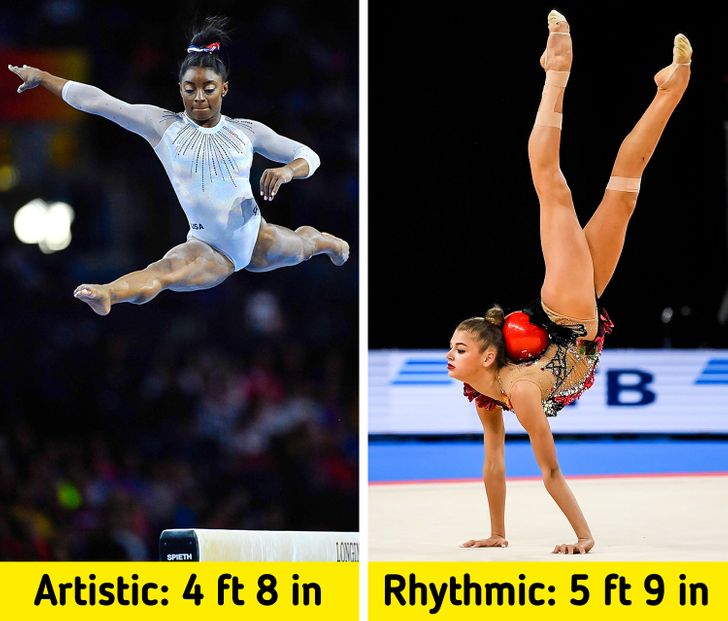
A gymnast’s height has always been a matter of discussion because it’s usually short women who reach professional competition levels. Being short may increase their ability to perform movements involving whole-body rotations, by achieving a good strength-to-weight ratio. However, winning depends on a lot more than an athlete’s size.
Others believe that the nature of the sport itself may attract short people (like basketball attracts tall people), which would explain why they tend to be small. Still, the differences in height between athletes from different disciplines are interesting: rhythmic gymnast Aleksandra Soldatova, for example, is 5’9’’ tall, while artistic gymnastics athlete Simone Biles is 4’8’’ tall.
Gymnasts’ bodies get used to the stress of training early on because they begin practicing the sport before 5 years old, and train for around 40 hours a week. This is why some still need it to stay fit throughout their lives, although at a lower intensity. Perhaps, for this reason, most ex-gymnasts maintain some kind of routine.
Yet, training injuries can manifest themselves decades later. The oldest gymnast to compete in an Olympics is Oksana Chusovitina, and because of her age, she defies the average. Her performance could be related to her genes: Like other athletes, she can recover pretty quickly from physical stress.
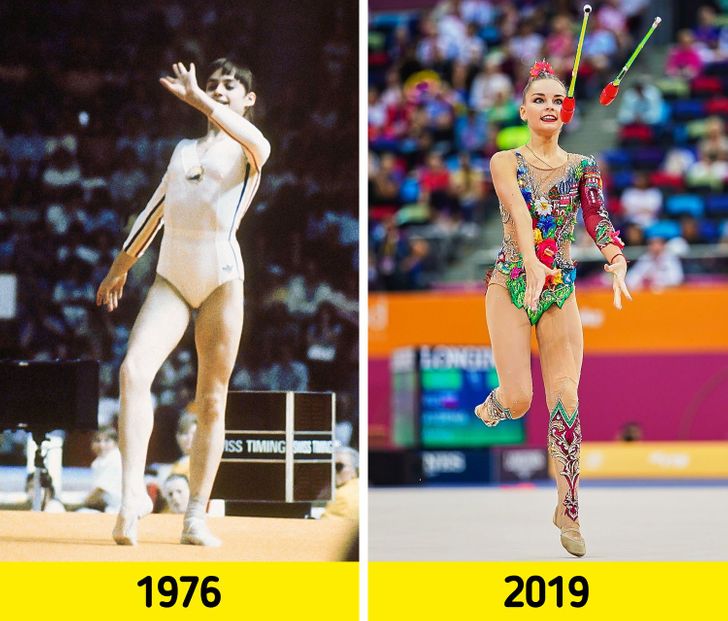
As in many sports, like figure skating, it’s also the outfit that stands out, aside from the display of talent: In this case, it’s a leotard. But this wasn’t always the case. Modesty was the norm in the past, and the fabrics and decorations gymnasts used differ like night and day from the outfits they show off today.
Modern leotards help create an optical illusion, making the performer’s legs appear longer. The sparkly and shiny materials highlight the athlete’s muscles. Every detail counts: the contestant’s body type, their skin tone, and even the mat color.
To prevent jurors from subtracting points, another rule that few would dare to break is to use some type of hairstyle other than a tight braid, bun, or ponytail. Their hair should be pulled back from their face to avoid blocking their view, otherwise, it could be considered unsafe. Along these lines, flashy jewelry isn’t allowed either, but earrings are regarded as safe as long as they are just a small and simple pair.
On one occasion, Olympic gymnast Margarita Mamun advised a group of younger athletes to imagine their routines for 1 minute and 30 seconds before going to sleep at night. Visualization among gymnasts is a frequent psychological practice during training, competitions (to reduce anxiety), and even rehabilitation.
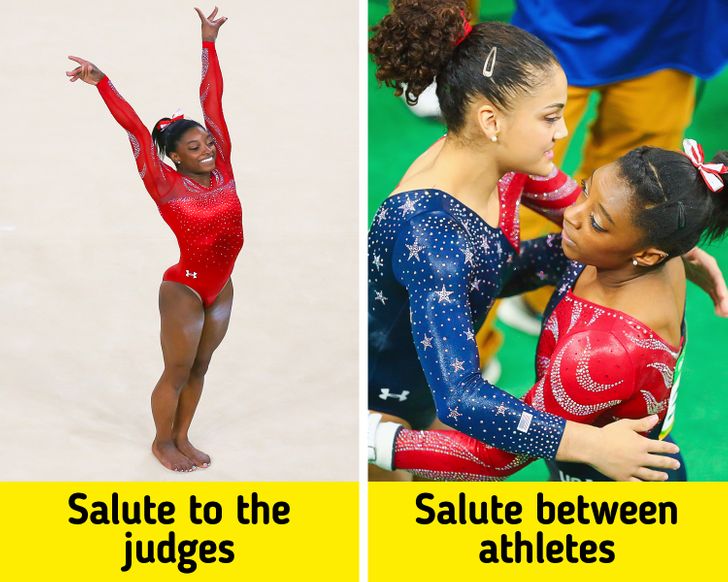
Although some competition rules apply to athletic performance and to the gymnast’s appearance, athletes also need to pay attention to their behavior during the competition. For example, while performing a routine, athletes cannot be touched or guided. This could result in deductions from their score.
But there’s more, gymnasts, judges, and coaches are strictly prohibited from using recording devices, which can include things like cell phones.
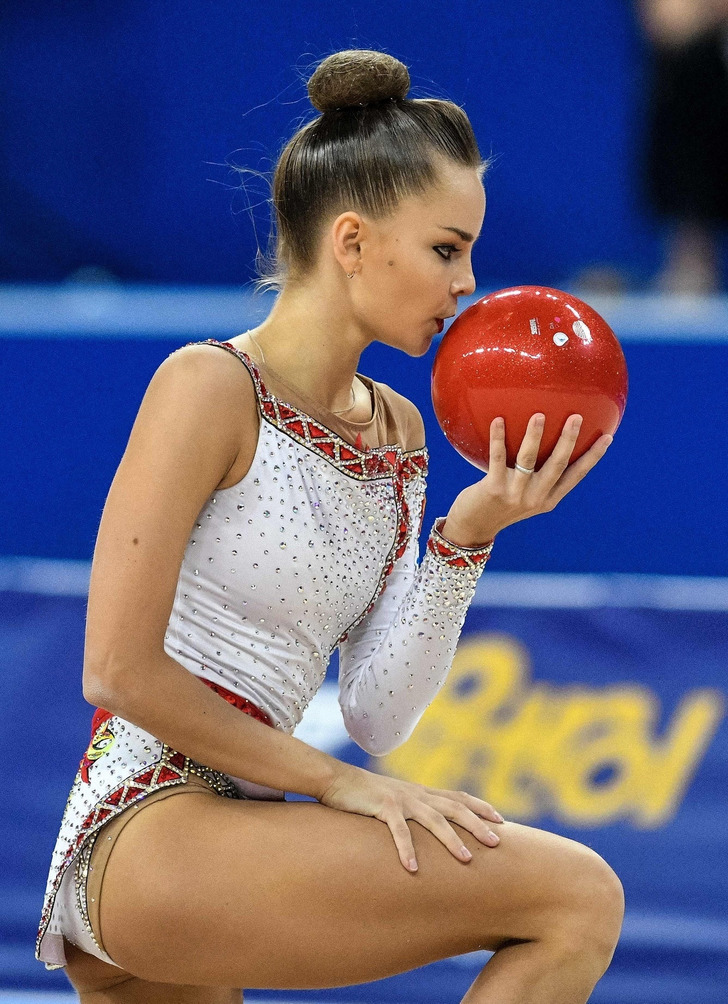
Choosing what to wear under a leotard during that time can be a real challenge. As mentioned earlier, judges may even deduct points if an athlete’s underwear is visible during a performance. Fortunately, most leotards come with removable pads, which — combined with a hygienic tampon — handle the situation effectively.
Still, a survey of 700 girls revealed that 72% of them avoid training altogether during their periods.
Athletes understand that every sport demands specialized skills and equipment, and artistic swimming is no exception. In our other article, we’ve uncovered fascinating secrets that show this sport is far more than just dancing in the water.




